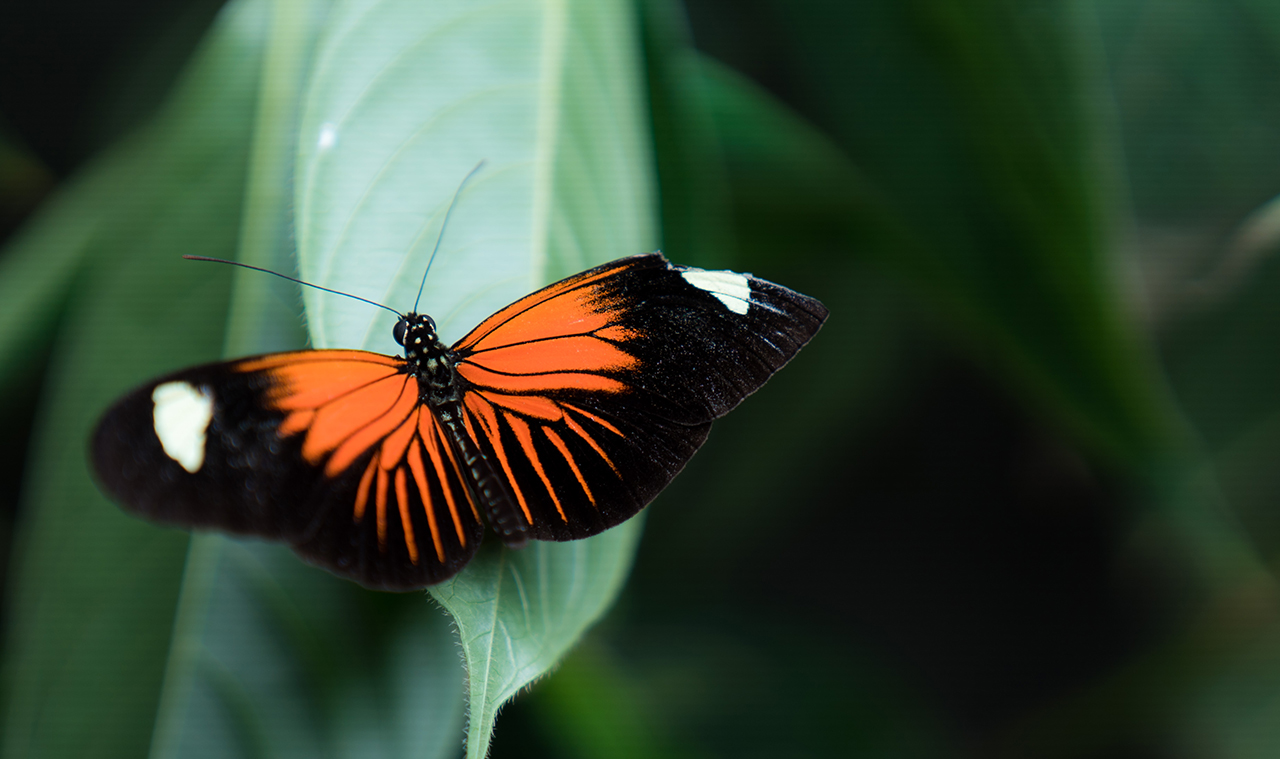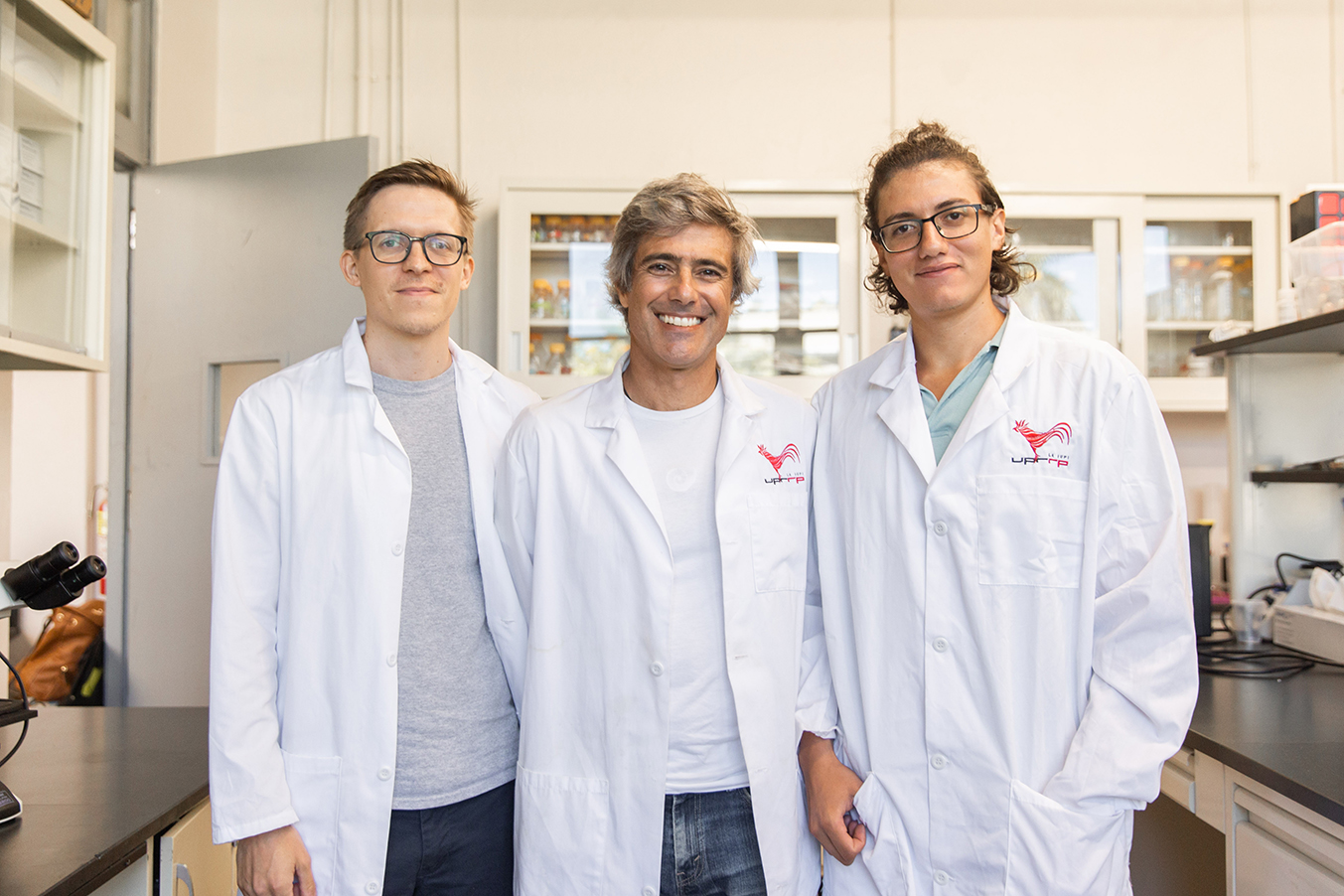
Prestigious scientific journals publish research by Río Piedras Campus biologists
By Naylie Vélez Figueroa
Student Reporter
Office of Communications
Río Piedras Campus – UPR
Photograph by Robert Filiberty
Photograph by Luca Livraghi
Translated by Lorna Milagros Págan Mattos
For decades, students and scientists affiliated with the Department of Biology at the Río Piedras Campus of the University of Puerto Rico (RRP-UPR) have conducted important research in the field of science. Among these are biologists Riccardo Papa, Steven M. Van Belleghem, Carolina Concha, and Edgardo Santiago. They recently published three research papers about the Heliconius butterflies in Science, Current Biology, and PNAS, highly regarded journals in the international scientific community.
«As a researcher, the most important part is training my students in research, and getting their work published,» remarked Dr. Riccardo Papa, professor at the School of Natural Sciences.
Through several research studies, these scientists have researched topics related to the development, history, and appearance of butterflies, based on the similarities these insects have within their own genera.
«The main benefit of publishing these papers is that it lets people, both inside and outside the UPR, know that, despite hurricane María and other problems Puerto Rico is facing, we have a story of resilience here,» the scientist added, referring to the time the scientists have dedicated to this research and the difficulties they have had to overcome.
Aside from UPR biologists, other scientists collaborated on the research studies, such as biologists from Harvard University in Boston, Cornell University in New York, and George Washington University in Washington.
Scientists James Mallet, Arnaud Martin, and Robert D. Reed led the studies designed to investigate DNA changes in butterflies.

Heliconius Butterflies
Through collaborative teams, scientists studied the genetic system and morphological alterations of Heliconius butterflies, which belong to the Nymphalidae family.
This genus is located in tropical and subtropical regions, such as the United States, Mexico, Central America, and the Antilles, which include Puerto Rico.
The research included the zebra butterfly or Heliconius Charithonia, which is known for its long black and yellow striped wings. Zebra butterflies occur in Puerto Rico and are part of the local fauna.
The main research subjects were the colors, patterns, and similarities shared by these organisms.
Other Department Achievements
Other achievements by the Department of Biology include two published papers by Angel G. Rivera and Bryan X. Leon, both biologists at the Río Piedras Campus.
The research papers titled Comparative transcriptomics provides insights into reticulate and adaptive evolution of a butterfly radiation and Multiple loci control eyespot number variation on the hindwings of Bicyclus anyna butterflies will be published in Genome Biology and Evolution and Genetics, two highly regarded journals within the field of science.
In the past, groups under professor Papa’s leadership have earned grants of over $4 million. For example, postdoctoral student Jesyka Melendez recently won a scholarship from the National Science Foundation (NSF). This scholarship aims to study how zebra butterflies choose the host plant where they will lay their eggs.
